Whales
Introduction
Whales are a widely distributed and diverse group of fully aquatic placental marine mammals. They are an informal grouping within the infraorder Cetacea, usually excluding dolphins and porpoises. Whales, dolphins and porpoises belong to the order Cetartiodactyla, which consists of even-toed ungulates. Their closest living relatives are the hippopotamuses, having diverged about 40 million years ago.[1]
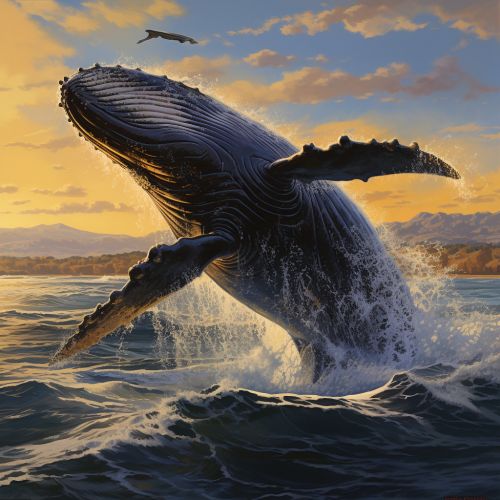
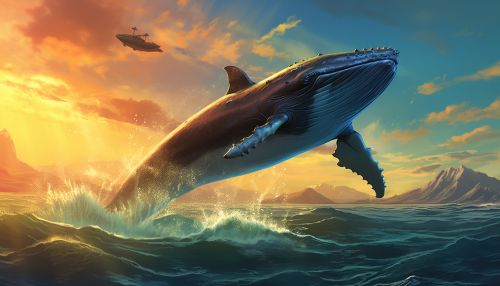
Characteristics
Whales are creatures of extreme dimensions. They include the animal kingdom's largest species, the longest, the most massive, and the one with the largest brain. The smallest species, the dwarf sperm whale, is 8.5 feet (2.6 m) long on average, while the largest, the blue whale, can reach lengths of up to 98 feet (30 m).[2]


Evolution
The evolutionary history of whales is a long and complex one. The first fully aquatic whales, the archaeocetes, appeared in the early Eocene, but their terrestrial ancestors date back to the Paleocene.[3]
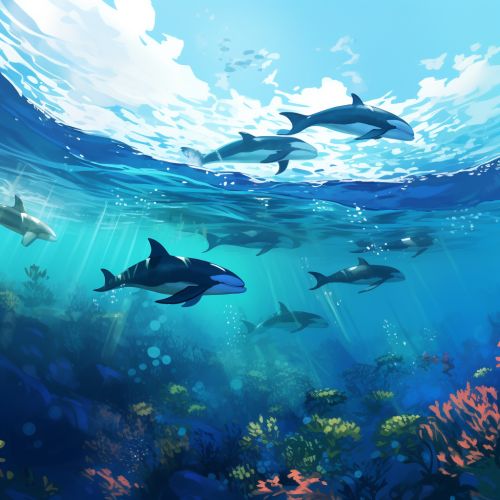
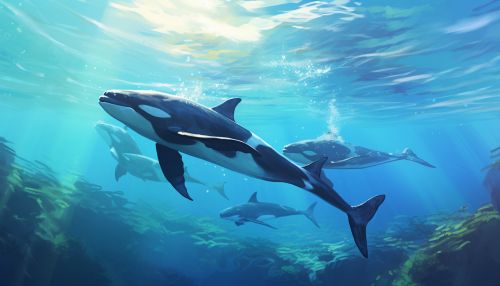
Classification
Whales are divided into two suborders: the baleen whales (Mysticeti) and the toothed whales (Odontoceti). The former have a sieve-like structure in their mouths that allows them to filter feed, while the latter have teeth for hunting fish or squid.[4]
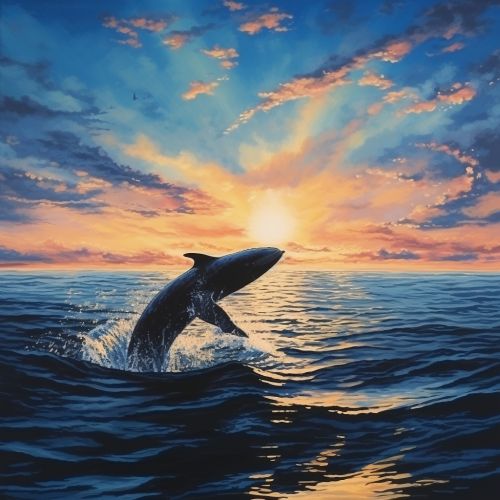

Behavior
Whale behavior is complex and includes breaching, spyhopping, lobtailing, logging, and mating rituals. They are known for their singing, especially the males, which can be heard for many miles.[5]
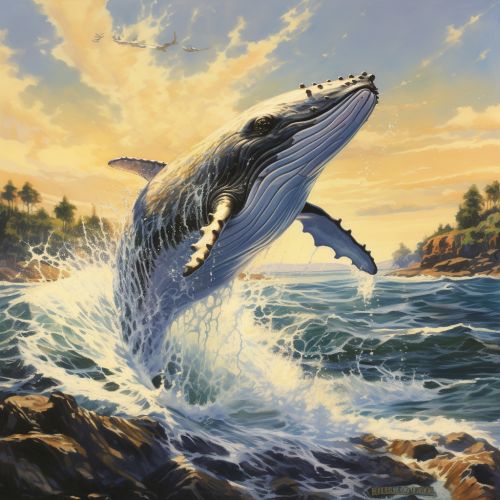
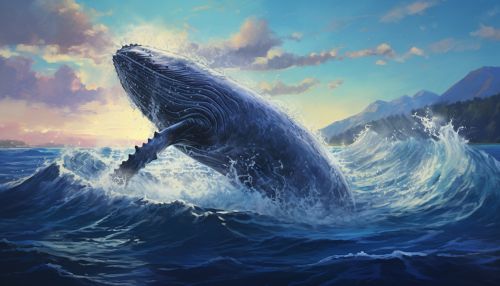
Conservation
Many species of whales have been overhunted, leading to their endangerment or near extinction. Conservation efforts are underway to protect these magnificent creatures.[6]
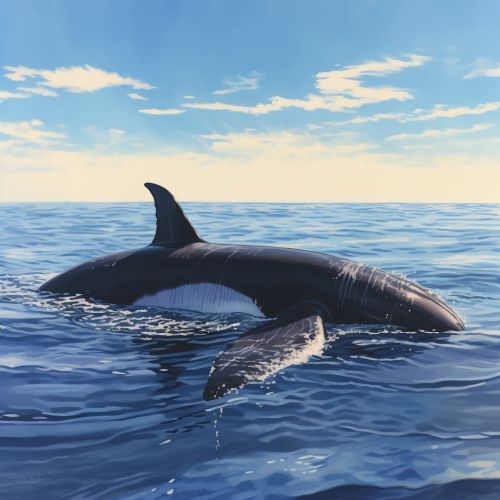
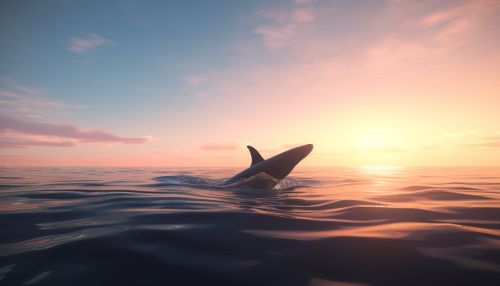
See Also
References
- ↑ Thewissen, J. G. M.; Cooper, L. N.; Clementz, M. T.; Bajpai, S.; Tiwari, B. N. (2007). "Whales originated from aquatic artiodactyls in the Eocene epoch of India". Nature. 450 (7173): 1190–1194.
- ↑ Lockyer, C. (1981). "Growth and Energy Budgets of Large Baleen Whales from the Southern Hemisphere". Mammals in the Seas: General Papers and Large Cetaceans. FAO Fisheries Series (5).
- ↑ Uhen, Mark D. (2010). "The Origin(s) of Whales". Annual Review of Earth and Planetary Sciences. 38: 189–219.
- ↑ Marx, Felix G.; Lambert, Olivier; Uhen, Mark D. (2016). "Cetacean Paleobiology". Topa Topics in Geobiology. 40.
- ↑ Payne, R.; McVay, S. (1971). "Songs of Humpback Whales". Science. 173 (3997): 585–597.
- ↑ Clapham, P. J.; Young, S. B.; Brownell Jr, R. L. (1999). "Baleen whales: conservation issues and the status of the most endangered populations". Mammal Review. 29 (1): 37–60.
